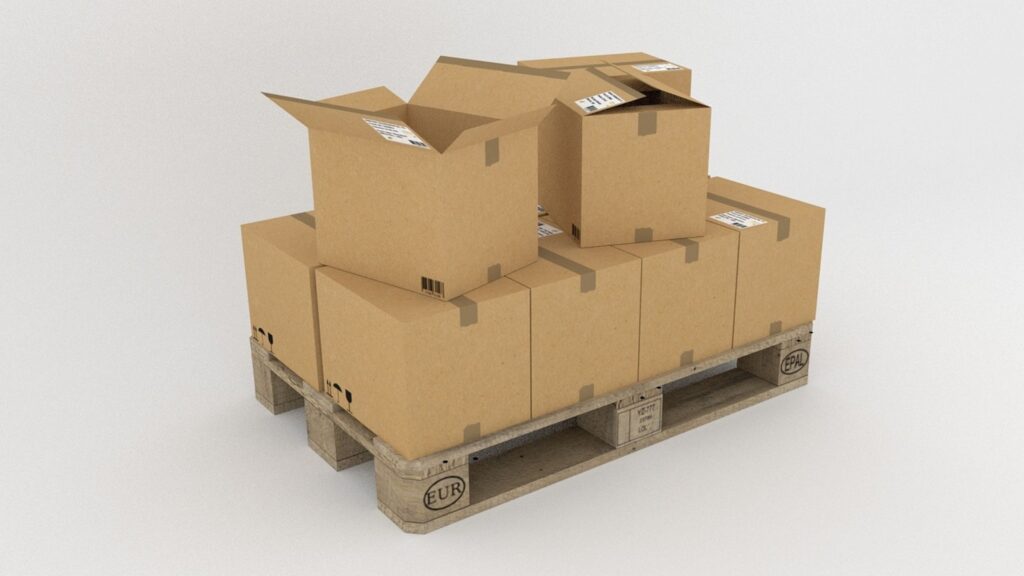Introduction
Pallets are the unsung heroes of the transport, logistics, and packaging industry. These flat structures made from wood, plastic, or metal play a pivotal role in facilitating the movement of goods, enhancing efficiency, and reducing damage during transportation. In this article, we will delve into what pallets are, when and how they are used, and why they are indispensable in modern supply chains.
What Are Pallets?
Pallets, sometimes referred to as skids, are low, portable platforms with both a top and bottom deck. They come in various sizes, typically standardized to accommodate specific dimensions of cargo. The most common sizes are 48×40 inches and 48×48 inches, although custom sizes exist to suit various industries’ needs.
When Are Pallets Used?
- Transportation: Pallets are primarily used for transporting goods. They provide a stable and uniform base for stacking products, ensuring that items remain secure during transit. This is crucial for various modes of transportation, including trucks, ships, and planes. Palletized cargo can be easily loaded and unloaded, speeding up the process and reducing labor costs.
- Storage: In warehouses, pallets are essential for efficient storage. They enable products to be neatly stacked, maximizing the use of available space. Additionally, pallets can be easily moved using forklifts or pallet jacks, simplifying the handling of inventory.
- Manufacturing: Pallets play a role in manufacturing, where they are used to transport raw materials or intermediate products within a factory. They facilitate the movement of materials between production stations, streamlining the manufacturing process.
- Retail: In the retail industry, pallets are used for displaying and stocking products. They make it easy to organize merchandise and restock shelves quickly. Many stores receive goods on pallets, simplifying the unloading process.
Why Are Pallets Important?
- Efficiency: Pallets are key to enhancing operational efficiency in the supply chain. They enable quick and organized loading and unloading of goods, reducing turnaround times and labor costs. This efficiency is crucial in today’s fast-paced business environment.
- Protection: Pallets act as a protective barrier for goods. By elevating products above the ground, they minimize the risk of damage from moisture, pests, and rough handling. This protection ensures that products reach their destination in optimal condition.
- Standardization: The standardization of pallet sizes has a significant impact on global trade. It allows for easy compatibility with various transportation and storage systems. This standardization simplifies logistics and contributes to the smooth flow of goods across borders.
- Sustainability: Pallets are often made from sustainable materials like wood or recycled plastic. They are reusable and can have a long lifespan. This sustainability aspect aligns with the growing environmental consciousness in the logistics industry.
- Cost-Effectiveness: Pallets are cost-effective in the long run. While there is an initial investment, the benefits in terms of reduced labor costs, lower damage rates, and improved efficiency outweigh the expenses.
- Versatility: Pallets are versatile and adaptable to different industries and cargo types. They can be customized with features like skids, anti-slip surfaces, or special coatings to suit specific requirements.

Conclusion
In conclusion, pallets are the backbone of the transport, logistics, and packaging industry. They offer a range of benefits, including efficiency, protection, standardization, sustainability, cost-effectiveness, and versatility. Without pallets, the modern supply chain would be far less efficient and more prone to disruptions. As global trade continues to expand, the role of pallets in facilitating the movement of goods is likely to become even more critical, making them an enduring and essential component of the industry.
